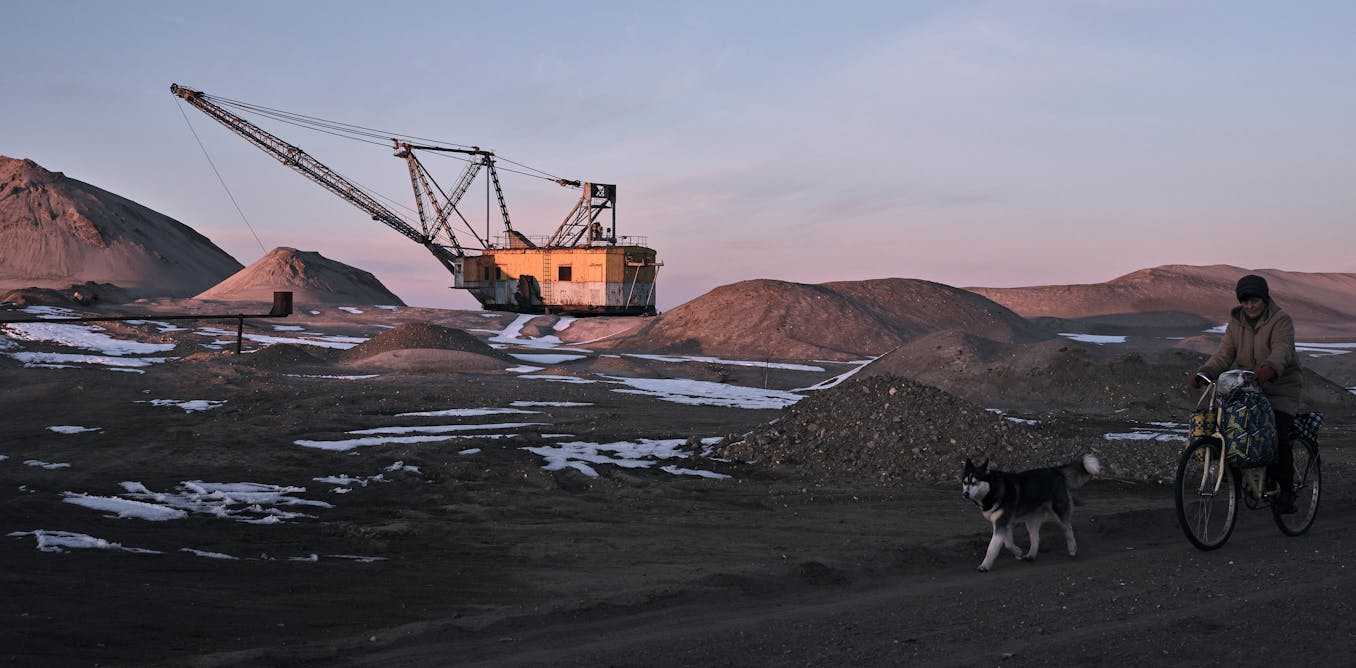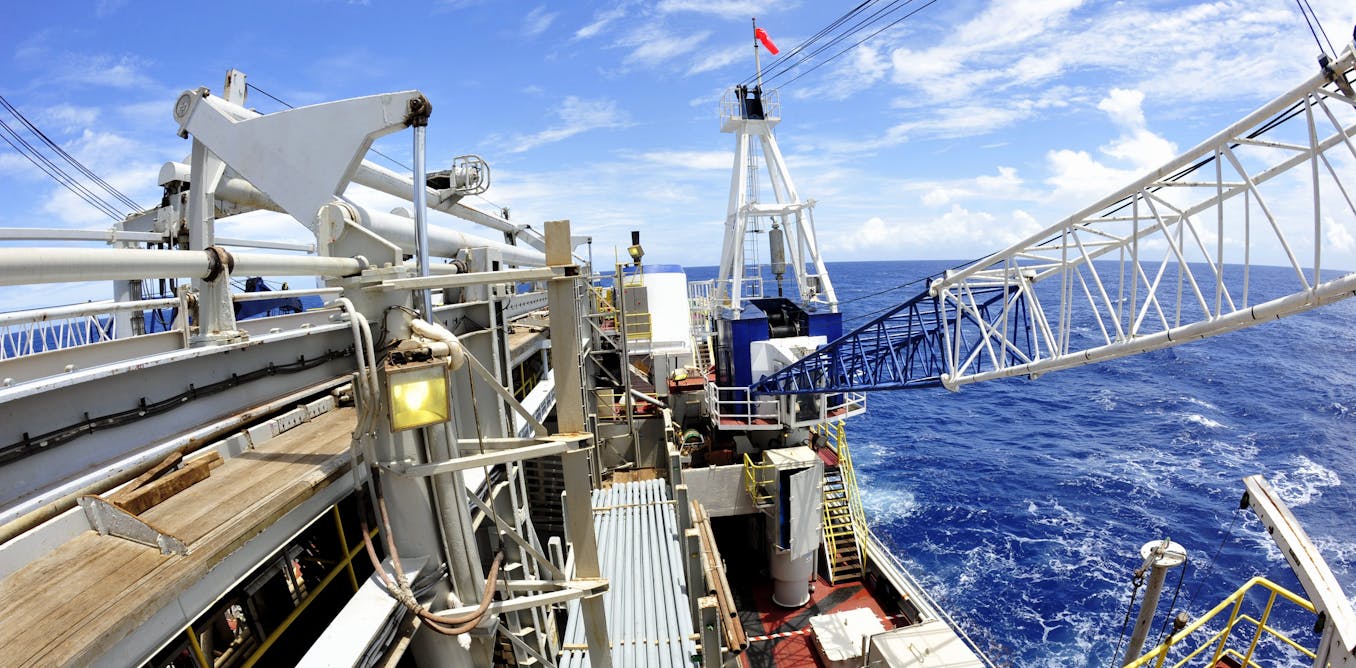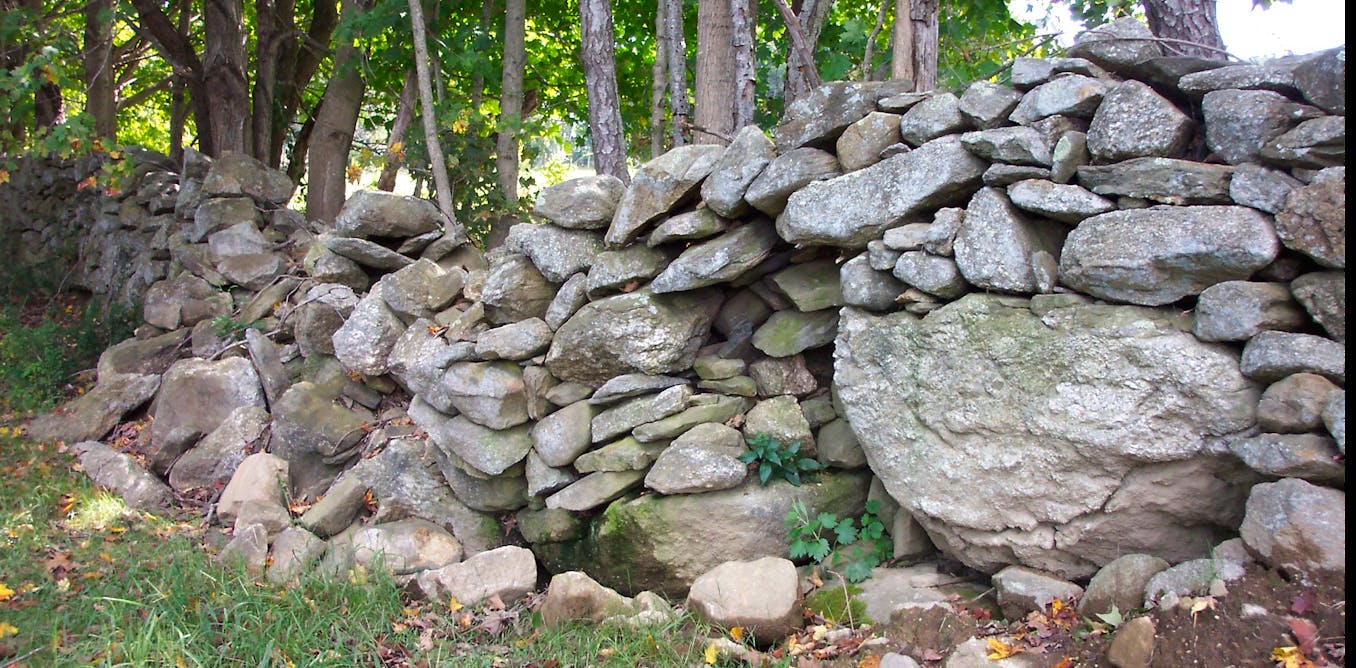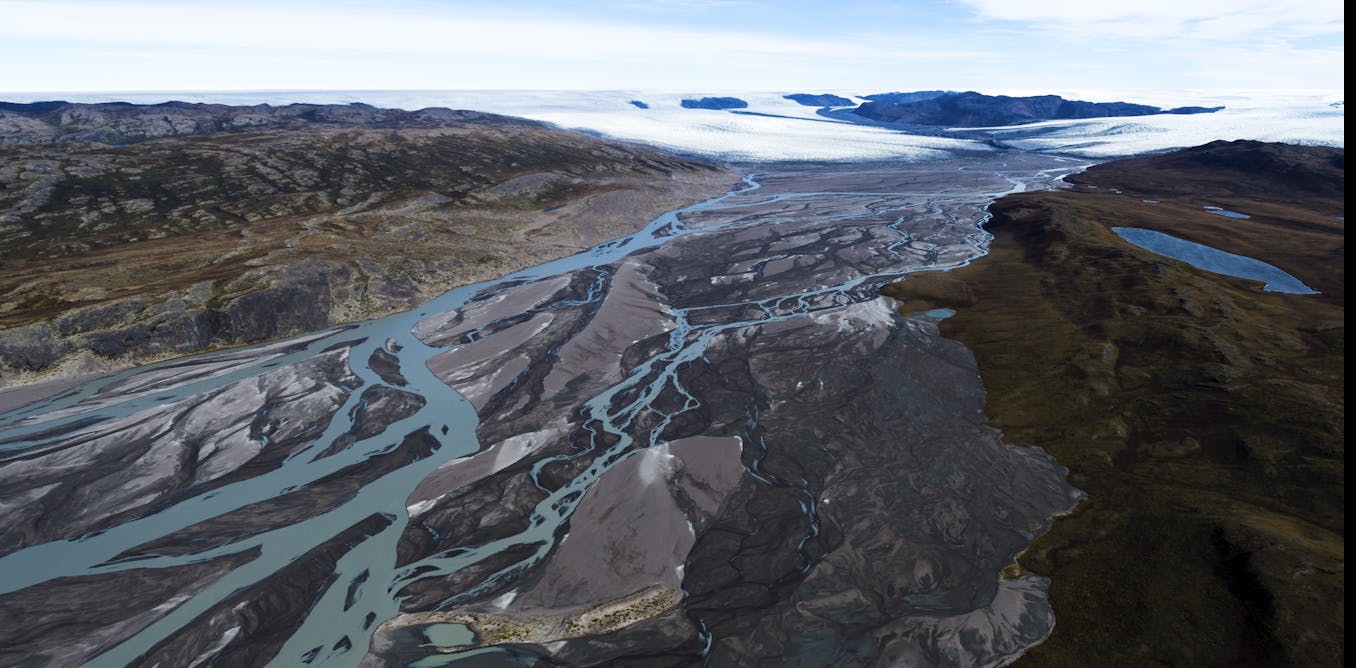US-Ukraine deal highlights Ukraine’s wealth of critical minerals, but extracting them isn’t so simple
Critical minerals are in demand around the world for military, technology and other uses. A geoscientist shares what’s known about Ukraine’s reserves, which could help the country recover from war.
March 11, 2025 • ~10 min
Ukraine has a wealth of critical minerals − but extracting them isn’t so simple
Critical minerals are in demand around the world for military, technology and other uses. A geoscientist shares what’s known about Ukraine’s reserves, which could help the country recover from war.
March 11, 2025 • ~10 min
The workhorse ship of ocean drilling may have made its last voyage – here’s why scientists don’t want to see the JOIDES Resolution mothballed
The National Science Foundation says that the JOIDES Resolution has become too costly to fund. But scientists say its $72 million annual budget pales compared with discoveries the ship has enabled.
Sept. 3, 2024 • ~11 min
Iceland’s recent volcanic eruptions driven by pooling magma are set to last centuries into the future
The eruptions that began in 2021 in Iceland could last for centuries, which is bad news for Icelanders but good news for scientists seeking to understand how the inner Earth works.
July 31, 2024 • ~8 min
Tiny crystals capture millions of years of mountain range history – a geologist excavates the Himalayas with a microscope
Measuring the concentration of radioactive elements in a single, sand-size crystal reveals the growth of the Himalayan mountain range over time.
April 9, 2024 • ~5 min
New England stone walls lie at the intersection of history, archaeology, ecology and geoscience, and deserve a science of their own
New England has thousands of miles of stone walls. A geoscientist explains why analyzing them scientifically is a solid step toward preserving them
Dec. 4, 2023 • ~10 min
When Greenland was green: Ancient soil from beneath a mile of ice offers warnings for the future
Knowing Greenland’s ice-free history offers a warning for the future as global temperatures rise.
July 20, 2023 • ~10 min
What are mud volcanoes?
When mud, fluids and gases erupt at the Earth’s surface, they hint at what’s happening underground, allowing scientists to build a more comprehensive 3D view of what’s going on inside our planet.
Dec. 19, 2022 • ~9 min
/
2








